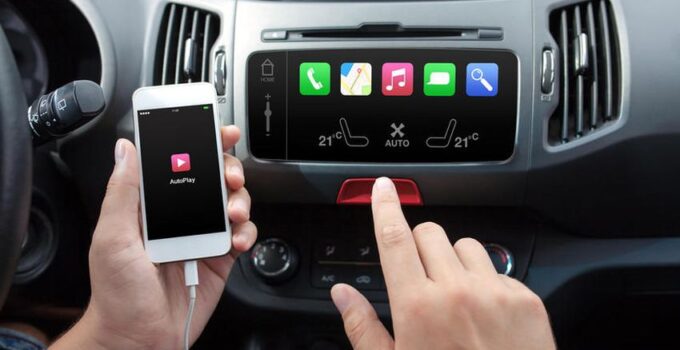Technology is a double-edged sword. It has the potential to make driving a vehicle safer, but it’s also true that some technologies make driving more dangerous.
In recent years, accidents have been on the rise. According to Attorney Guss, more than 14,000 serious injuries resulted from car accidents in 2018 in Texas, and statistics show that for every 100,000 licensed drivers in Louisiana, there are 2,528 injuries. Those statistics are only for two states. Many more accidents are happening throughout the United States every day.
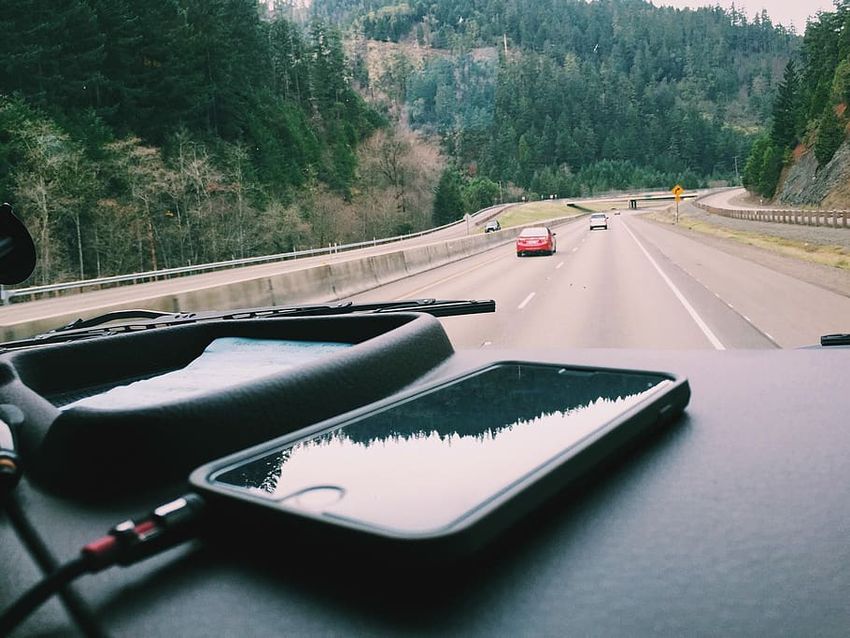
source:pxfuel.com
The question is, which technologies do we need to look out for because they are causing a rise in accidents, and which technologies are combating this rise?
Page Contents
Smartphones
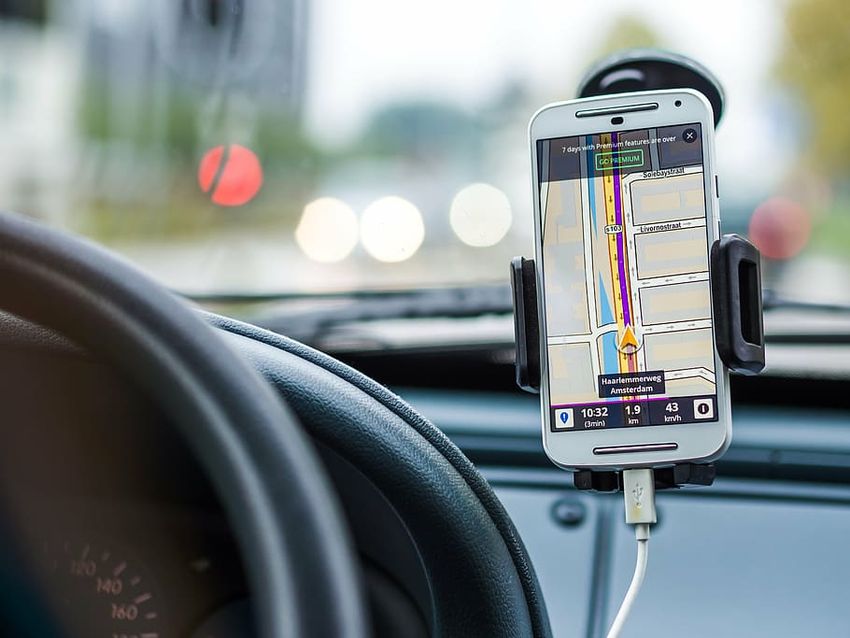
source:pxfuel.com
Smartphones have made our lives a lot easier. They have the ability to make driving and owning a vehicle easier too. GPS systems in smartphones enable us to get wherever we need to go without having to consult a paper map, and there are many apps available that enhance the driving experience. A few examples include:
- iGasUp helps you find the cheapest gas.
- My Max Speed can help you track your child’s driving habits.
- Trapster can help you avoid speed traps.
Unfortunately, smartphones are also the reason why so many drivers are distracted, which means they are the reason behind many accidents.
You should never text or talk on the phone while driving. Even talking through your vehicle’s Bluetooth speakers can increase your chances of an accident. Most things can wait, and if it can’t, you should pull over to call or text.
Infotainment Systems
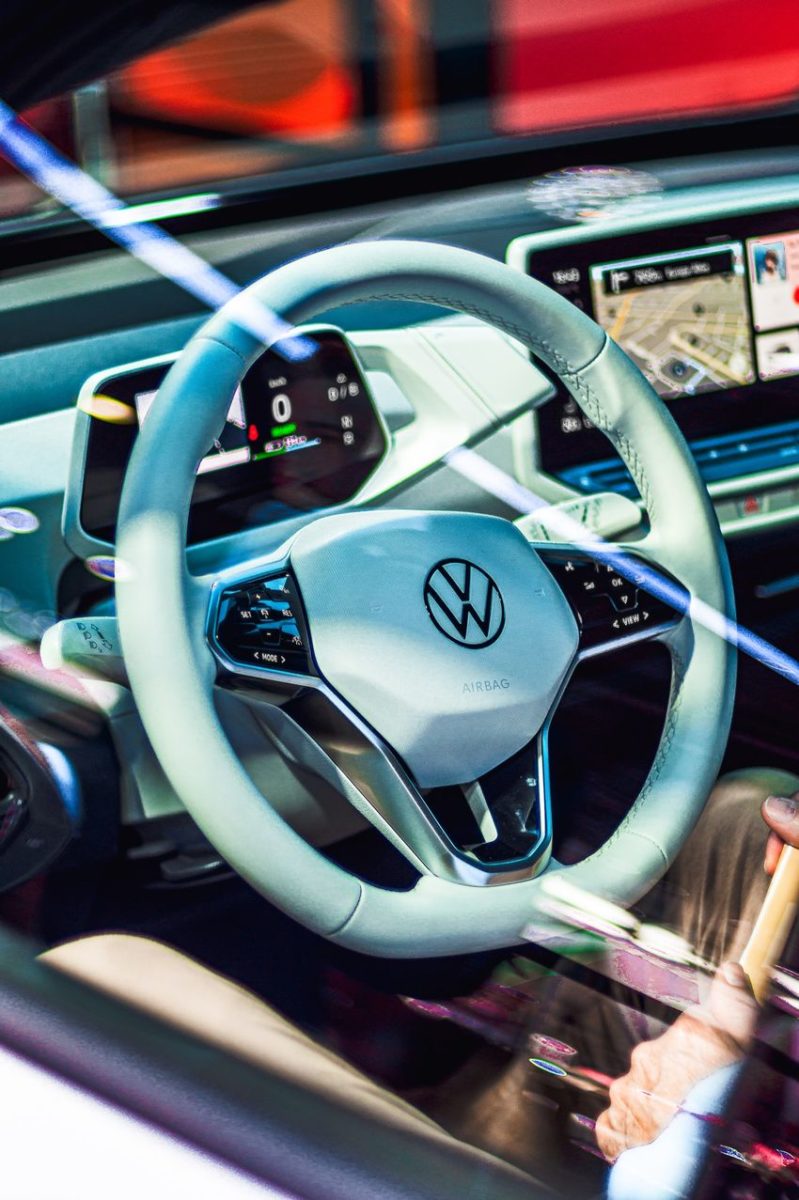
source:unsplash.com
Most new cars come standard with infotainment systems. They usually include a touch screen, but they also enable drivers to speak to the car. For example, a driver can answer text messages, change the radio station, and get directions from a GPS device by using their voice. This may be a little safer than typing in a text message or a GPS destination the old fashioned way while you’re driving, but it’s not much safer.
These systems encourage use while driving. By using the system, even if you’re just using your voice while driving at the same time, you’re multitasking when your full attention should be on the road.
Backup Cameras
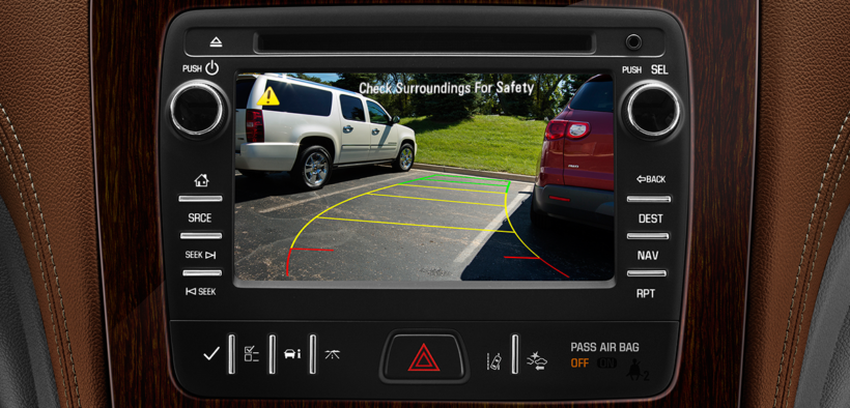
source:blog.carsforsale.com
Although the previous two technologies are making driving more dangerous, there are some technologies that are making things safer. Just imagine how many more accidents there would be if there weren’t other technologies to combat cell phone and infotainment use!
Backup cameras are one technology that has reduced accidents. Rearview cameras enable you to see behind your vehicle without craning your neck. They also contain alerts. That way, if you get a little too close to something or someone when you’re backing up, it will beep to alert you to the danger.
These cameras are convenient when you’re in a parking lot, but they can prevent serious injuries when pulling out of a driveway or backing out into traffic.
Automatic Braking
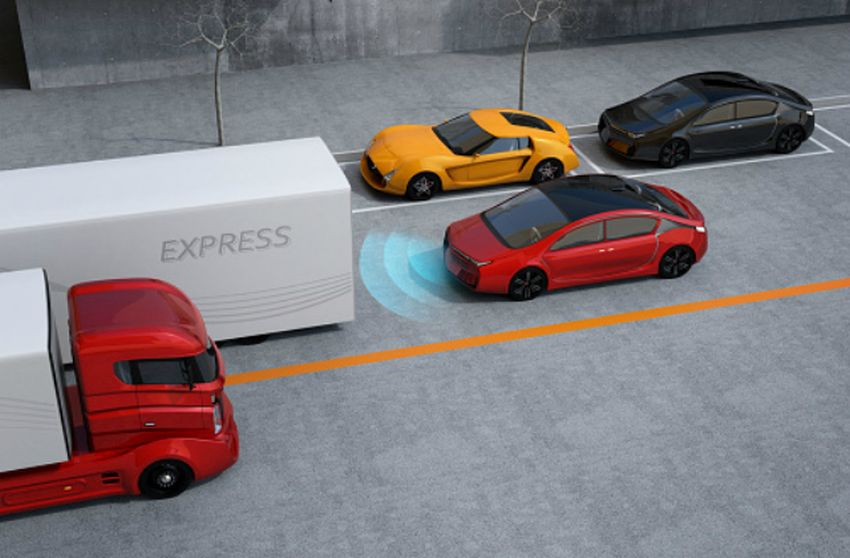
source:cars.usnews.com
Some technologies, like smartphones, can keep you from braking in time. Automatic braking can help with that, but it can also help drowsy drivers, and it can prevent an accident when someone else on the road slams on their brakes.
This system uses sensors to detect when a crash is about to occur. Many systems alert the driver without taking action, but if you don’t react quickly enough, the car will brake itself to prevent an accident.
Lane Detection
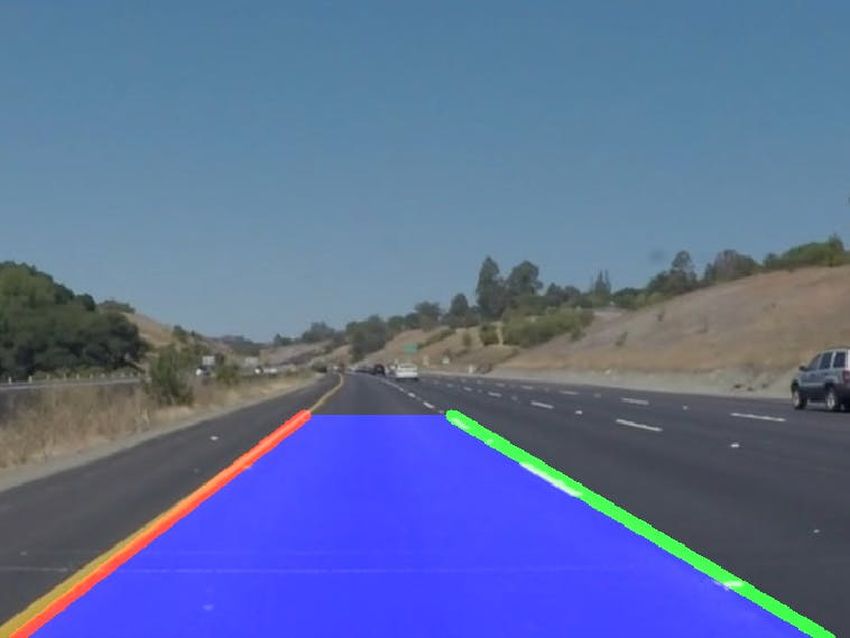
source:hackster.io
Driving is one of the best ways to get where you need to go. For long distances, or to cut back on the time you spend driving in the city, you may choose to drive on the interstate or the highway, but the longer you drive, the more likely you are to drift outside your lane.
Whether due to fatigue, boredom, or you’re simply not paying attention, lane assist can alert you when you start to drift outside your lane. Advanced systems also have the ability to automatically correct the course if you don’t react quickly enough.
Driver Alertness Monitoring
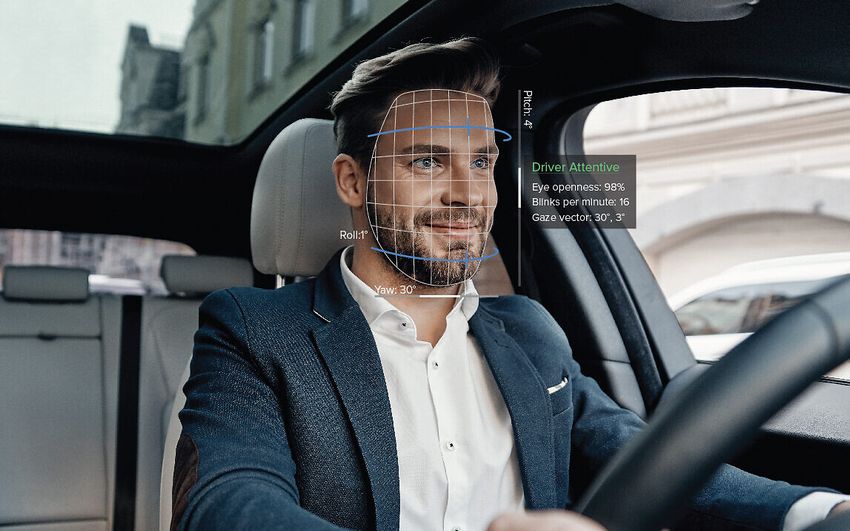
source:timesofisrael.com
Drowsiness is a common cause of accidents, but so is general alertness. If your driving is suffering due to fatigue or distraction, alertness monitoring can help.
Vehicles equipped with this technology can detect unusual driving patterns that might include:
- Drifting between lanes
- Sudden deceleration
- Jerky steering wheel movements
When detected, an audible warning is sounded through the cabin of the car to redirect the driver’s attention to the road. Systems that are equipped with automatic braking and lane assist can activate these features if the driver isn’t paying attention.
More advanced systems are utilizing cameras in the cabin to detect changes in the face that could indicate drowsiness. For example, the alarm may be sounded if your eyelids become droopy or your head starts to bob.
Adaptive Headlights
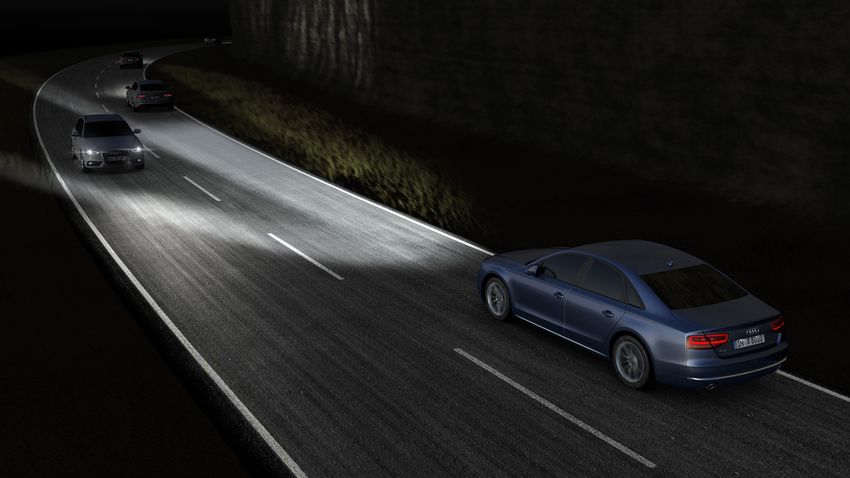
source:babydrive.com.au
Headlights on most vehicles today remain on for safety reasons. It’s easier for other drivers to see you with your lights on, even during the day, but there’s more to today’s headlights than the fact that they’re always on.
Adaptive headlights aren’t anything new, but they are seeing a resurgence in interest throughout the last few years. Different systems work differently. Some headlights rotate as you turn the vehicle, enabling you to see around corners in the dark.
Other systems are able to adjust the brightness in different conditions. There’s no need to operate the high beams with this kind of system. It can determine how far away other vehicles are on the road and adjust the brightness of the lights automatically.
These systems can also adjust to the weather, so there’s no need for you to turn up the brightness in the rain or turn down the brightness in the fog. Your car will do it for you.
Technology is both a good and a bad thing. It can either make life better and safer, or it can lower our quality of life and make it more dangerous. How you use technology, especially in the car, will determine which one you experience.

